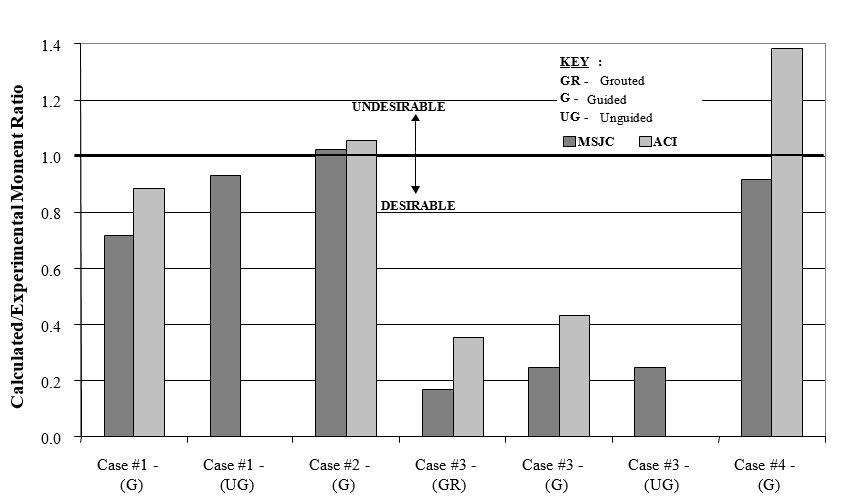R. Bean 1 and A. E. Schultz 2
- Graduate Research Assistant, Department of Civil Engineering, University of Minnesota, Minneapolis, MN, 55455, USA, bean0032@tc.umn.edu.
- Associate Professor, Department of Civil Engineering, University of Minnesota, Minneapolis, MN, 55455, USA, schul088@tc.umn.edu.
ABSTRACT
Presently, masonry design codes in some countries, including the United States, contain provisions for the loadbearing use of post-tensioned masonry. These provisions address multiple limit states, including jacking, service condition after losses, and ultimate conditions (i.e., at strength). In order to address the last of these cases, nominal capacity in flexure must be calculated, and previous knowledge on the mechanics of masonry sections in flexure has been adopted for this purpose. This knowledge includes the definition of a compression stress block, and the corresponding formulas for estimating flexural strength. However, other factors must be taken into account in post-tensioned masonry, including the properties of the post-tensioning steel and its location in the masonry cross-section before and after deformation. The latter issue is affected by the manner in which the tendons are placed in the masonry, and, more specifically, whether the tendons are restrained against displacement relative to the masonry cross-section. This paper reviews methods for estimating crosssection flexural strength in post-tensioned masonry walls, as well as the impact of tendon location in unrestrained cross-sections. Test data from several experimental investigations by other researchers are included for comparison in this numerical review.
Key words: clay brick; concrete block; prestressed masonry; post-tensioning; flexure; moment capacity; out-of-plane; restrained tendon; unrestrained tendon.
pstrss02



